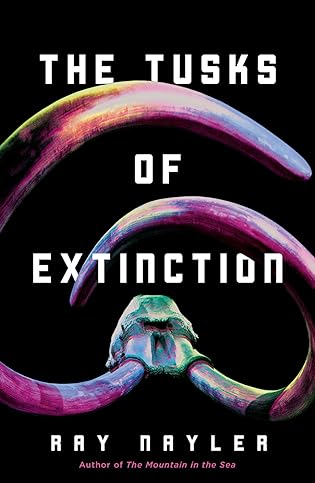 The Tusks of Extinction by Ray Nayler
The Tusks of Extinction by Ray Nayler Format: eARC
Source: supplied by publisher via Edelweiss
Formats available: hardcover, ebook, audiobook
Genres: climate fiction, science fiction
Pages: 192
Published by Tordotcom on January 16, 2024
Purchasing Info: Author's Website, Publisher's Website, Amazon, Barnes & Noble, Kobo, Bookshop.org, Better World Books
Goodreads
When you bring back a long-extinct species, there’s more to success than the DNA.
Moscow has resurrected the mammoth, but someone must teach them how to be mammoths, or they are doomed to die out, again.
The late Dr. Damira Khismatullina, the world’s foremost expert in elephant behavior, is called in to help. While she was murdered a year ago, her digitized consciousness is uploaded into the brain of a mammoth.
Can she help the magnificent creatures fend off poachers long enough for their species to take hold?
And will she ever discover the real reason they were brought back?
A tense eco-thriller from a new master of the genre.
At the Publisher's request, this title is being sold without Digital Rights Management Software (DRM) applied.
My Review:
When we first slip into Dr. Damira Khismatullina’s mind she is fighting the long defeat against ivory poachers along the banks of the Ewaso Ng’iro River in Kenya. She and her colleagues are losing the battle, and they know it. But they can’t stop fighting because they know that something precious will be lost if they can’t save the elephants.
She doesn’t know that she’s already lost; the battle, the war, and even her life, in a cause that is so very worthy against an implacable enemy that can’t be defeated but only delayed. Because her real enemy, the elephants’ true foe, isn’t poachers. It’s human greed. And that’s inexhaustible.
Dr. Damira may have lost her battle, but she’s not the only one fighting this war and conventional methods are not the only way to fight it. Because it’s not just about the elephants. It’s about the planet that made them.
Which is where Damira the mammoth comes into this story. Russian scientists have created a frigid version of Jurassic Park in the taiga, and have brought back not dinosaurs but mammoths in the hopes of pushing back climate change – at least a bit – by protecting and expanding the taiga and ultimately halting, or at least slowing, the melting of the permafrost.
But the newly resurrected mammoths are dying. They don’t know how to BE mammoths, and the captive elephants they were bred from didn’t even have the skills of how to be a wild elephant to teach them. But Dr. Damira Khismatullina did. Or does, as she was the last remaining expert on elephant behavior in the wild.
But she’s dead. The poachers killed her. And delivered her head back to the government to send the message that no one was permitted to even attempt to control the slaughter.
Compared to resurrecting an entire extinct species, implanting Dr. Khismatullina’s consciousness into a single member of that species was a piece of cake. So Damira the mammoth was reborn as the matriarch of the mammoth herd. She taught them to BE mammoths – or at least close enough for them to survive and even thrive in their new environment.
Just in time for the ivory hunters to find them. But Damira the mammoth matriarch has very different imperatives than Dr. Khismatullina the scientist did. And considerably more weapons at her disposal.
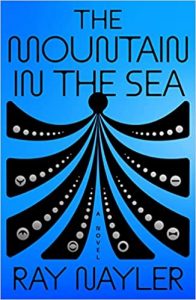 Escape Rating A-: I picked this one up because I utterly adored the author’s debut novel, The Mountain in the Sea. I mean I really, truly, seriously loved that book. To the point where I’ll be picking up everything he writes for years to come.
Escape Rating A-: I picked this one up because I utterly adored the author’s debut novel, The Mountain in the Sea. I mean I really, truly, seriously loved that book. To the point where I’ll be picking up everything he writes for years to come.
But that was so damn good that while I had hoped that The Tusks of Extinction would be good, I didn’t even expect that the lightning of that first book would fit into the novella-sized bottle of Tusks. Which it doesn’t – quite. Howsomever, that does not in any way mean that Tusks isn’t good, more that it has a VERY high bar to get over and not nearly as much space to run up to it.
The ecoterrorism that forms the background of The Tusks of Extinction is, unfortunately, very much like the mess the world has become in The Mountain in the Sea, something we can see all too clearly from here. Elephants NEED their tusks. Humans do not NEED ivory. They just want it because it’s rare and it’s difficult to obtain, and it’s precious because of those factors.
And humans are so very greedy, which explains the state of the world in a nutshell. (I digress, but only sorta/kinda. Dammit.)
So there’s a whole lot of sad hanging over this story, again, as there was in The Mountain in the Sea. But without that joy of discovery that carried Mountain, and without that surprising, albeit equivocal, sweetly bitter ending to a story that I expected to end in all bitter all the way down.
Also, as a science fiction reader, I wish that The Tusks of Extinction had a bit more time to explain how Russian science managed to reach BOTH the ability to resurrect an extinct species à la Jurassic Park AND the science needed to implant consciousness anywhere at all, let alone into another species, formerly extinct or otherwise. THAT story would be fascinating and we only get the barest hints of it here.
All of that being said, what makes this story work is the juxtaposition of the evolution of the new mammoths set against the total lack thereof of the humans that Damira left behind. Even though that evolution is likely to leave her fighting the long defeat yet again. At least this time around she has considerably better weaponry and is unlikely to live to see its ending.

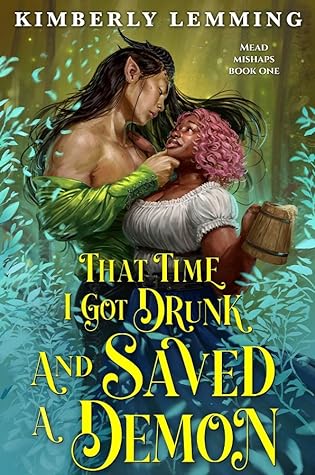 That Time I Got Drunk and Saved a Demon (Mead Mishaps, #1) by
That Time I Got Drunk and Saved a Demon (Mead Mishaps, #1) by 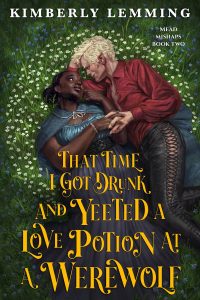 The hard part of that journey, in so many senses of the word, many of which are played for salacious titters to VERY good effect, is the progress of the romance between the demon Fallon and the Spice Girl (literally, Cin’s full name is Cinnamon, she grows cinnamon on her family’s spice farm). It’s clear to everyone except Cin that Fallon is all in on their relationship – if not yet into all of Cin’s private places – from the moment they meet. Cin’s the one who needs some convincing – not about whether she and Fallon set each other on fire – but whether his fire and her desire to never get burned again have a chance at a future.
The hard part of that journey, in so many senses of the word, many of which are played for salacious titters to VERY good effect, is the progress of the romance between the demon Fallon and the Spice Girl (literally, Cin’s full name is Cinnamon, she grows cinnamon on her family’s spice farm). It’s clear to everyone except Cin that Fallon is all in on their relationship – if not yet into all of Cin’s private places – from the moment they meet. Cin’s the one who needs some convincing – not about whether she and Fallon set each other on fire – but whether his fire and her desire to never get burned again have a chance at a future.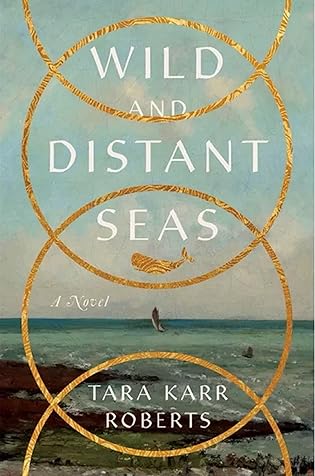 Wild and Distant Seas by
Wild and Distant Seas by 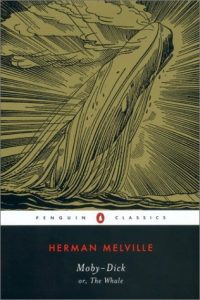 Escape Rating B: Wild and Distant Seas is a story that is constantly in dialog with its predecessor,
Escape Rating B: Wild and Distant Seas is a story that is constantly in dialog with its predecessor, 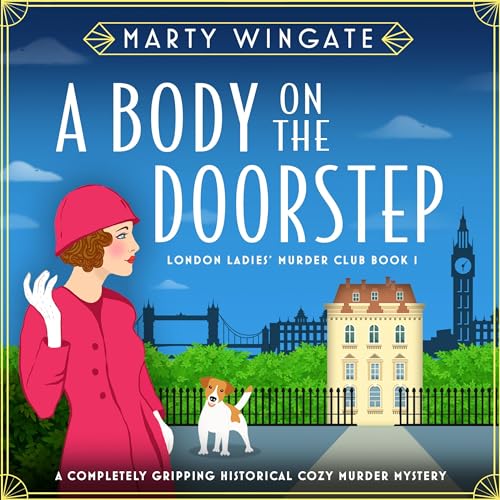 A Body on the Doorstep (London Ladies' Murder Club, #1) by
A Body on the Doorstep (London Ladies' Murder Club, #1) by 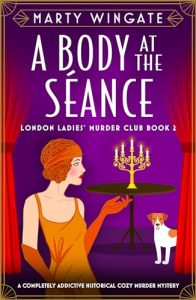 I listened to this one for about half its length, and the narrator gave Mabel just the right voice for her inner thoughts and outer expressions. But I got so caught up in the mystery itself that I had to see whodunnit and switched to text because it’s a)faster and b) a whole lot easier to thumb to the end. Although I resisted that temptation by simply finishing in one sitting.
I listened to this one for about half its length, and the narrator gave Mabel just the right voice for her inner thoughts and outer expressions. But I got so caught up in the mystery itself that I had to see whodunnit and switched to text because it’s a)faster and b) a whole lot easier to thumb to the end. Although I resisted that temptation by simply finishing in one sitting.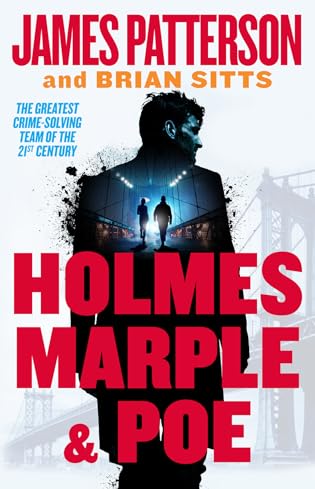 Holmes, Marple & Poe: The Greatest Crime-Solving Team of the Twenty-First Century by
Holmes, Marple & Poe: The Greatest Crime-Solving Team of the Twenty-First Century by 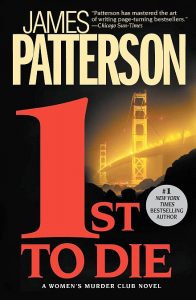 Escape Rating A: To say I had misgivings going into this one would be an understatement. James Patterson is a publishing juggernaut, so at one point I felt sort of obligated to try one of his books just to see what all the fuss was about – because there certainly is lots of fuss. The book was
Escape Rating A: To say I had misgivings going into this one would be an understatement. James Patterson is a publishing juggernaut, so at one point I felt sort of obligated to try one of his books just to see what all the fuss was about – because there certainly is lots of fuss. The book was 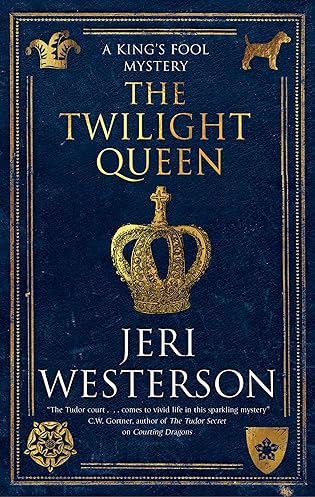 The Twilight Queen (A King's Fool mystery, 2) by
The Twilight Queen (A King's Fool mystery, 2) by  That his story – or rather the reinterpretation of his story through the characters of his six wives – has been reimagined yet again in the Tony Award winning Broadway play,
That his story – or rather the reinterpretation of his story through the characters of his six wives – has been reimagined yet again in the Tony Award winning Broadway play, 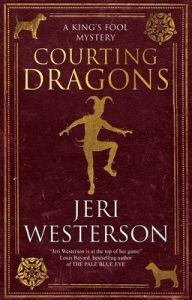 Escape Rating B: Genre blends such as historical mystery are always a balancing act – much like Will Somers position is a balancing act between making his sovereign laugh, forcing his master to stop and think – and keeping both his job and his head.
Escape Rating B: Genre blends such as historical mystery are always a balancing act – much like Will Somers position is a balancing act between making his sovereign laugh, forcing his master to stop and think – and keeping both his job and his head.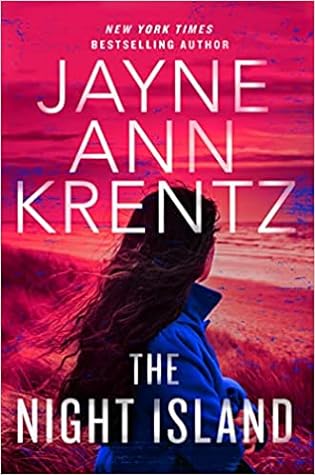 The Night Island (The Lost Night Files, #2) by
The Night Island (The Lost Night Files, #2) by 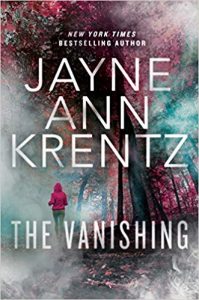 All of
All of  Escape Rating A-: The thing about the ‘Jayneverse’ is that everything connects up – EVENTUALLY. Howsomever, that doesn’t stop a reader from jumping in pretty much anywhere and getting sucked right in.
Escape Rating A-: The thing about the ‘Jayneverse’ is that everything connects up – EVENTUALLY. Howsomever, that doesn’t stop a reader from jumping in pretty much anywhere and getting sucked right in. 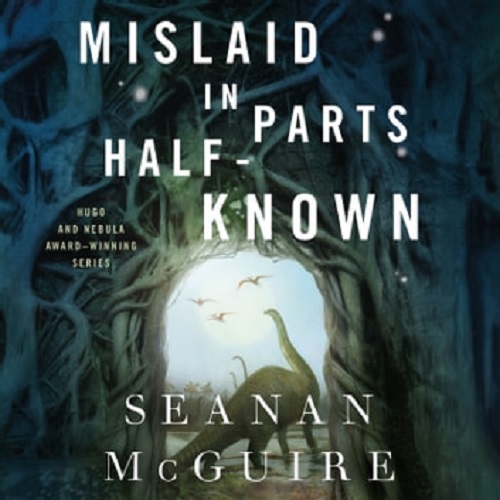 Mislaid in Parts Half-Known (Wayward Children, #9) by
Mislaid in Parts Half-Known (Wayward Children, #9) by 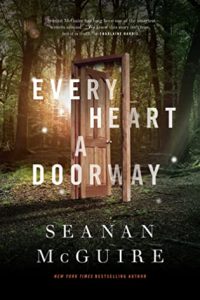 Beginning with
Beginning with 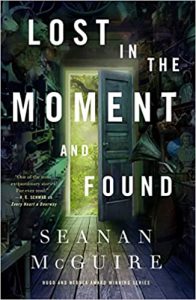 At first, the story feels very much a part of the YA genre which the series is often pigeonholed into, as out-of-place, out-of-time Antsy is being persecuted by a powerful clique of ‘mean girls’. It’s only when she starts revealing herself for who she really is and what she really can do that we start to see her as considerably more capable and mature than either her nine-year-old head or her sixteen-year-old body would be capable of.
At first, the story feels very much a part of the YA genre which the series is often pigeonholed into, as out-of-place, out-of-time Antsy is being persecuted by a powerful clique of ‘mean girls’. It’s only when she starts revealing herself for who she really is and what she really can do that we start to see her as considerably more capable and mature than either her nine-year-old head or her sixteen-year-old body would be capable of.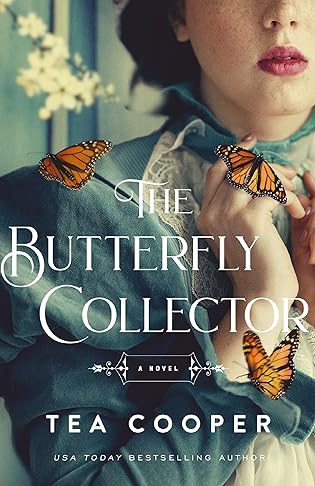 The Butterfly Collector by
The Butterfly Collector by 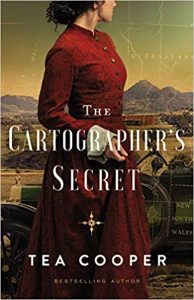 Escape Rating B: I have to say that I ended up with mixed feelings all over the place while listening to and reading The Butterfly Collector. In the end, the 1922 story carried me through, but it’s the 1868 story that held the most bone-chilling horrors. Real-life horror, like revenge, is compellingly served ice cold – and the horrors of this story, based on real historical events – had plenty of chills to deliver.
Escape Rating B: I have to say that I ended up with mixed feelings all over the place while listening to and reading The Butterfly Collector. In the end, the 1922 story carried me through, but it’s the 1868 story that held the most bone-chilling horrors. Real-life horror, like revenge, is compellingly served ice cold – and the horrors of this story, based on real historical events – had plenty of chills to deliver.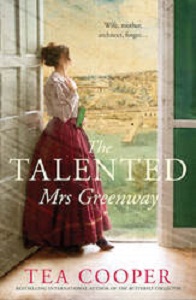 Once I switched to text it all got better, and I was able to finally be captured by the increasingly frenetic pace of the mystery of it all. Not just a terrible crime, but decades of a profitable series of terrible crimes come to light and sticks a knife into Verity’s heart AND her perceptions of her family’s history in a way that makes the whole story both sing and sting at the same time.
Once I switched to text it all got better, and I was able to finally be captured by the increasingly frenetic pace of the mystery of it all. Not just a terrible crime, but decades of a profitable series of terrible crimes come to light and sticks a knife into Verity’s heart AND her perceptions of her family’s history in a way that makes the whole story both sing and sting at the same time.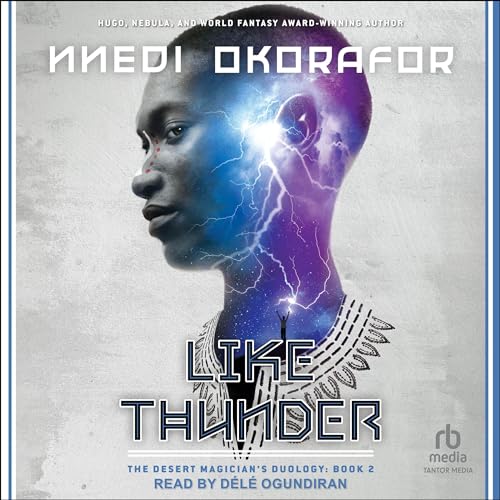 Like Thunder (The Desert Magician's Duology #2) by
Like Thunder (The Desert Magician's Duology #2) by 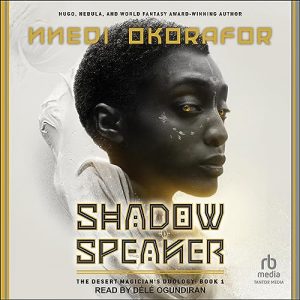 Escape Rating A-: As much as I loved
Escape Rating A-: As much as I loved